With less than 5,000km of riding under my belt, it’s fair to say 2023 wasn't a vintage year for me on the bike.
Nevertheless, quality is always more important than quantity, and I’ve had plenty of memorable rides with lovely people in amazing places, so I have no complaints.
If you know my cycling tastes, it won’t surprise you to learn that nearly all of my Gear of the Year choices are roadie-focused.
I’m finally getting round to building up a gravel bike for 2024, though, so perhaps next year will bring more variety.
As with last year, I’ve thrown in a curve ball for my final pick – can you guess what it is?
Giant Propel Advanced Pro
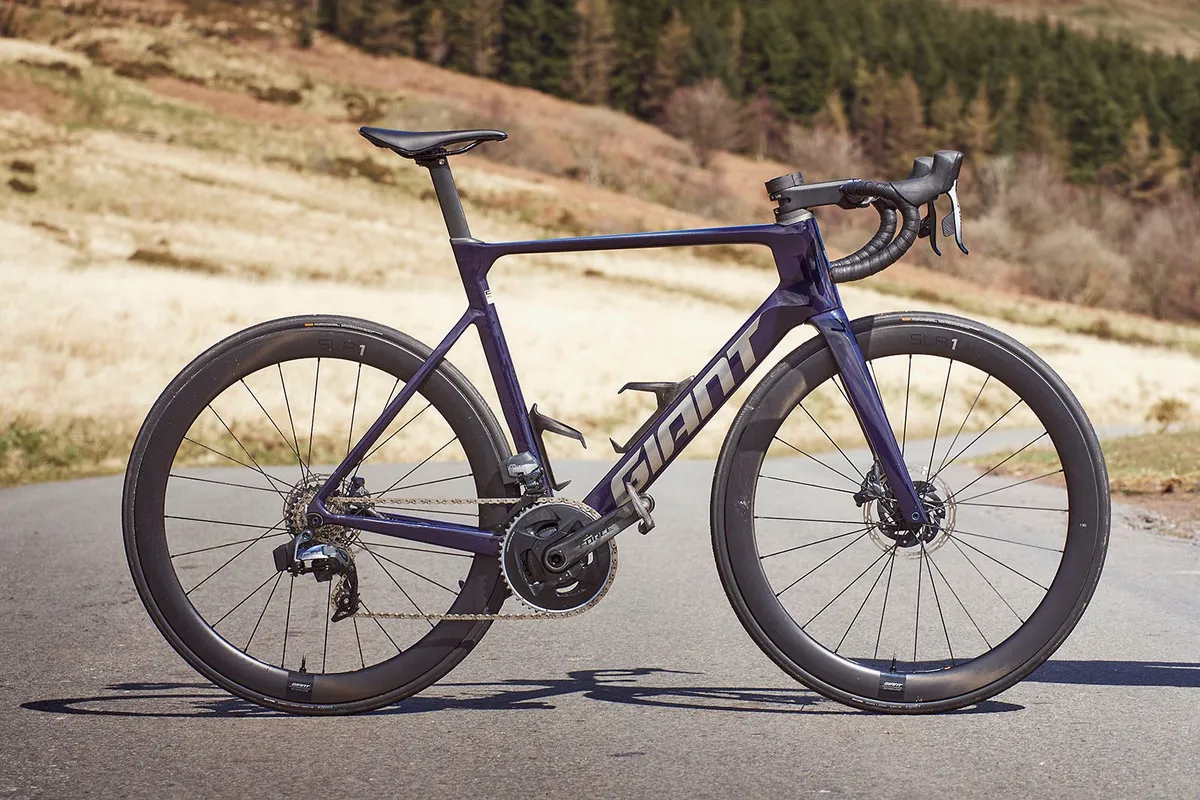
- £6,399 / $8,000 / €6,900
Of all the bikes I rode this year, the Giant Propel Advanced Pro (BikeRadar’s 2023 Aero Road Bike of the Year) is the one I’d be most tempted to buy.
This latest iteration is less focused than a full-on aero bike such as the Ribble Ultra SL R (which I also loved testing), meaning it doesn’t feel as wildly fast in a straight line. However, it’s also far more versatile.
It could happily race a pan-flat road bike time trial one week, then tackle long mountain climbs the next.
It has aero bike speed, excellent handling and competitively low weight. As usual for Giant, it’s decent value, too. In short, it’s fantastic.
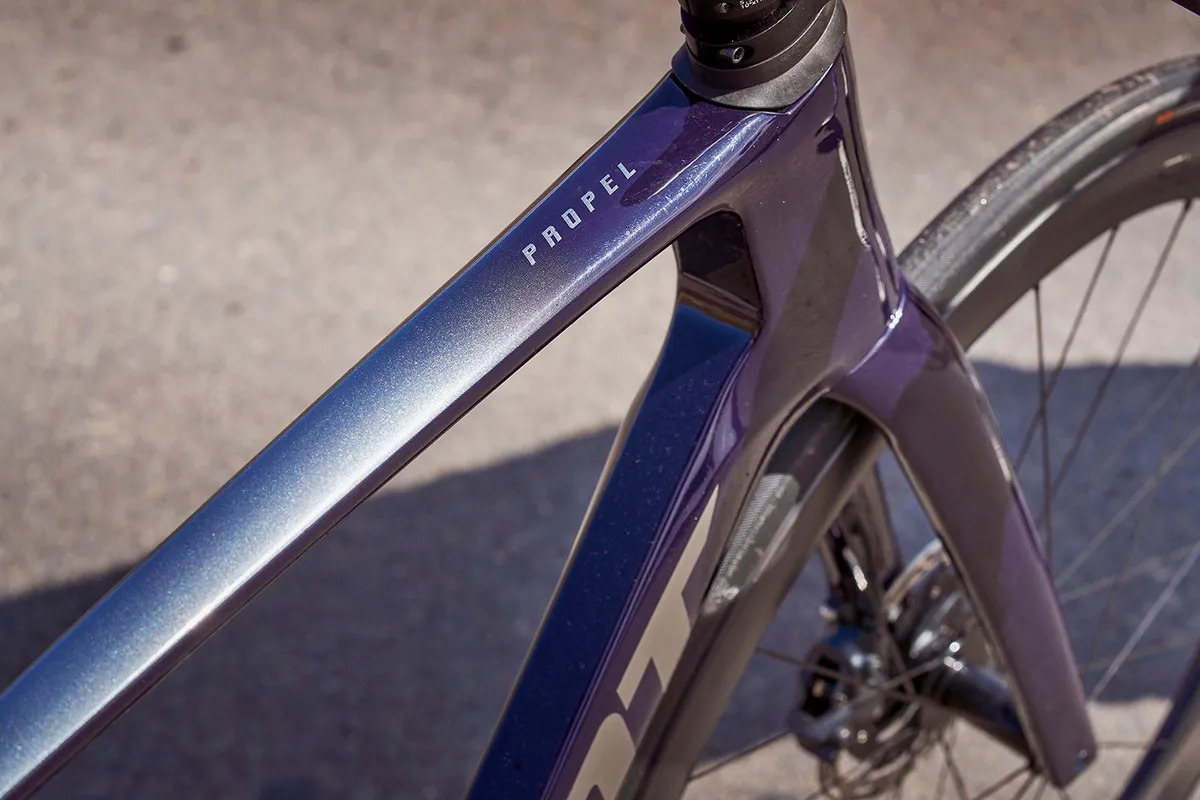
While I reviewed a SRAM Force eTap AXS-equipped model earlier this year, if it were my money I’d plump for the build with Shimano Ultegra Di2 R8170 (because I simply prefer Shimano’s ergonomics and gear ratios).
Otherwise, though, the build is near-flawless. The only changes I’d make are to swap in a longer stem, a narrower handlebar and a set of tanwall Continental GP5000 S TR tyres (my colleague, Oscar Huckle, might think tanwall tyres are a waste of time, but I love them).
Specialized S-Works Evade 3 helmet
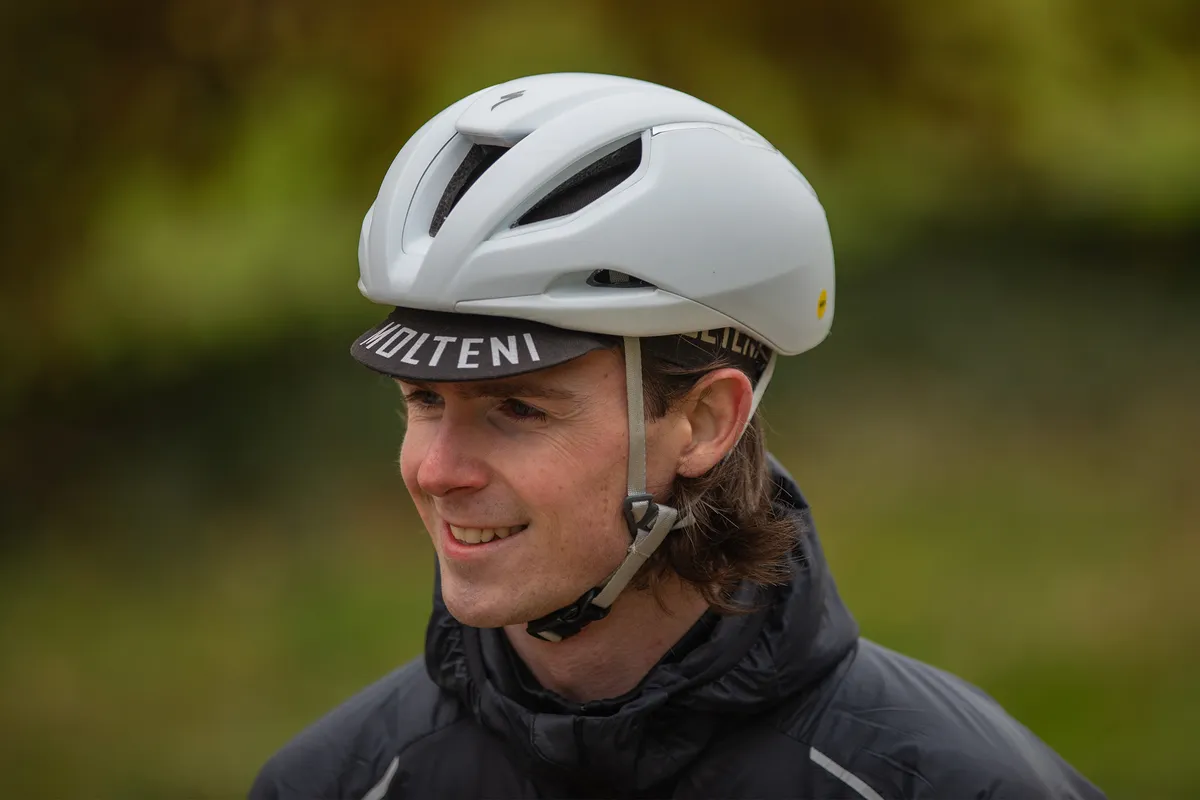
- £275 / $300 / €330
Having used a number of the latest aero road helmets this year, my favourite has undoubtedly been the Specialized S-Works Evade 3.
It strikes a great balance between aerodynamic efficiency, comfort, low weight and ventilation, making it an aero lid I’m happy to use all-year round.
I also like that it’s relatively ‘normal’ looking for an aero helmet. While I’ve no qualms wearing an aero baselayer and a pointy helmet equipped with Kask’s barge-board style Aero Pro Visor while racing my time trial bike, I still treat road cycling as something of a civilised sport.
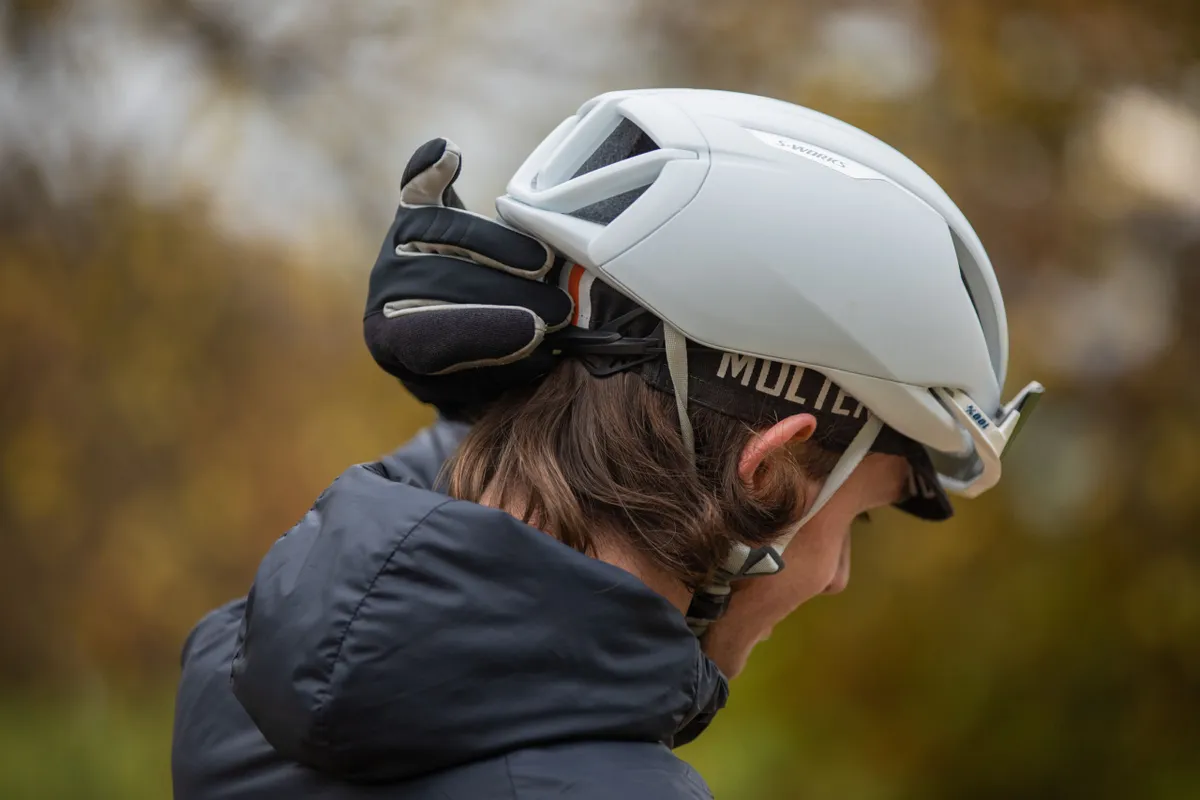
At £275, the Evade 3 is expensive, and might be too pricey for habitual racers to justify (given the “only race what you can afford to replace” mantra remains sage advice). If money was no object, though, this is the road helmet I’d buy.
Wondering whether an aero helmet is worth it, though? Well, according to the wind tunnel test we did earlier this year, it could be one of the best value aero upgrades you can get.
Prime Primavera Shorty saddle
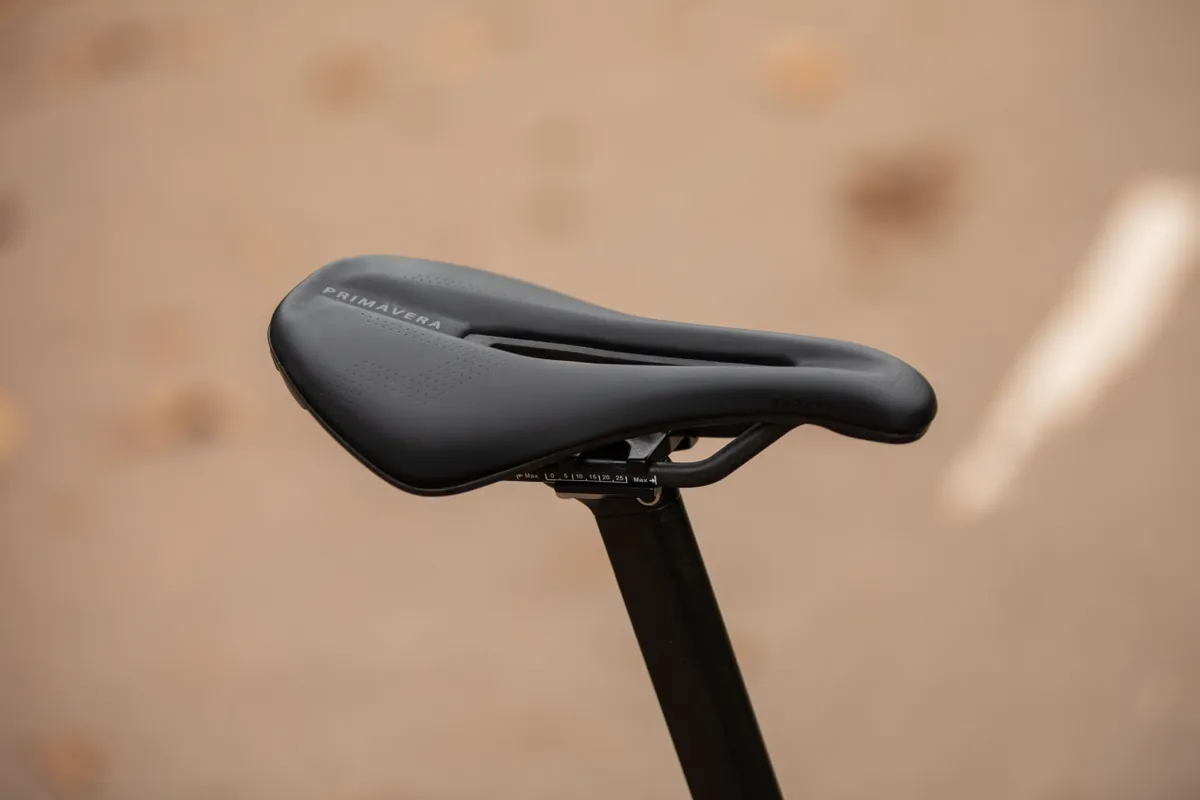
- £119.99
While much of the focus for saddle development is now on 3D-printed versions, my favourite saddle from this year has undoubtedly been Prime’s Primavera Shorty. It simply ticks all the right boxes.
As the name suggests, it’s a short-nose saddle, designed primarily for use on road and gravel bikes.
Most importantly, it’s very comfortable. It's more generously padded than a Bontrager Aeolus saddle or the Giant Fleet SL that came with my Giant TCR Advanced Pro Disc, but firm enough that it never feels like you’re sinking into it.
A generously sized central channel means perineal pressure is never an issue, either.
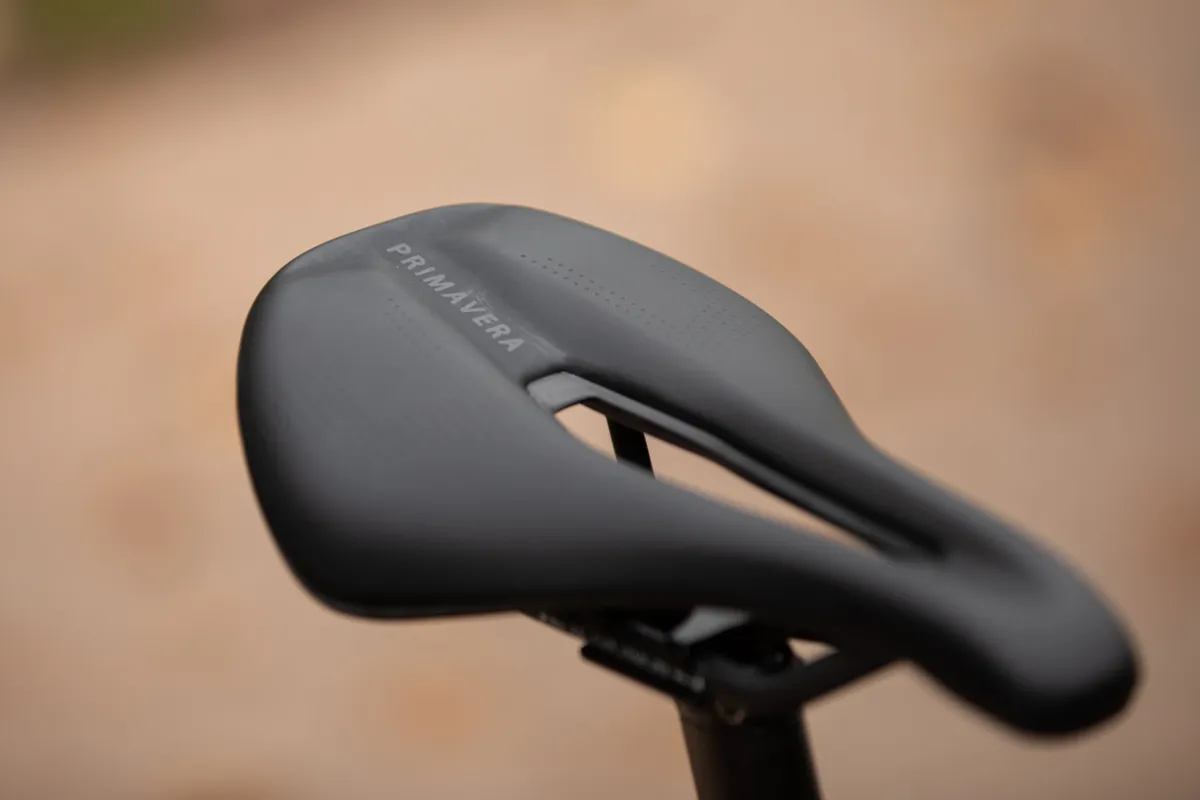
At 165g, it’s impressively light too, thanks to its carbon fibre base and rails.
Lastly, it’s great value. At an RRP of £119.99, it undercuts big-name rivals significantly.
What’s more, if you can live with an extra 10g of weight and the swap from a carbon to polycarbonate (i.e. plastic) base, Prime has also released an even cheaper version called the Prime Doyenne Shorty Carbon saddle (£89.99).
BSC Tools Press-fit bottom bracket remover
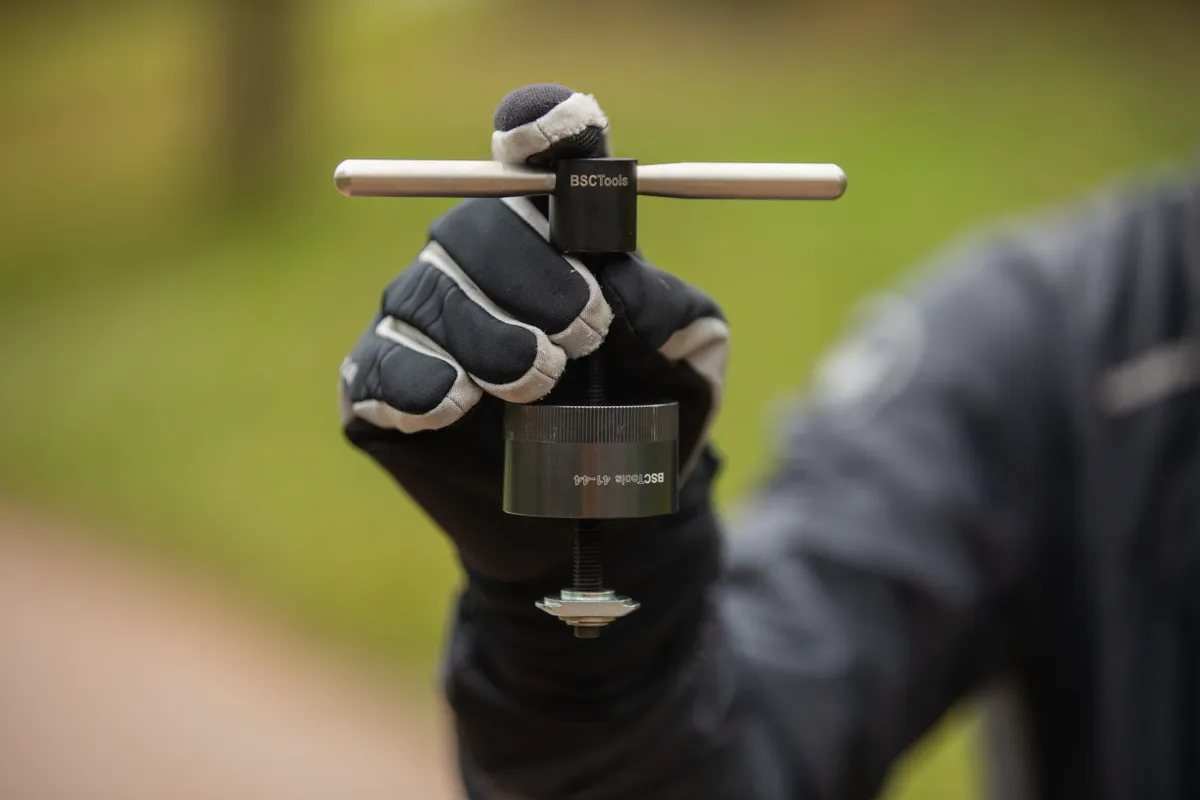
Even though I believe press-fit bottom brackets are better than threaded ones, needing to use a hammer or mallet to bash the bearings out (when you come to change them) is clearly less than ideal.
In contrast, on the admittedly rare occasion I need it (such as when switching out the bottom bracket to mount a different power meter crankset to my bike), BSC Tools' Press-fit bottom bracket remover always impresses with the elegance with which it gently pulls a BB from a frame.
It’s so blissfully easy to use, it makes a mockery of the oft-touted claim, “threaded bottom brackets are easier to live with”.
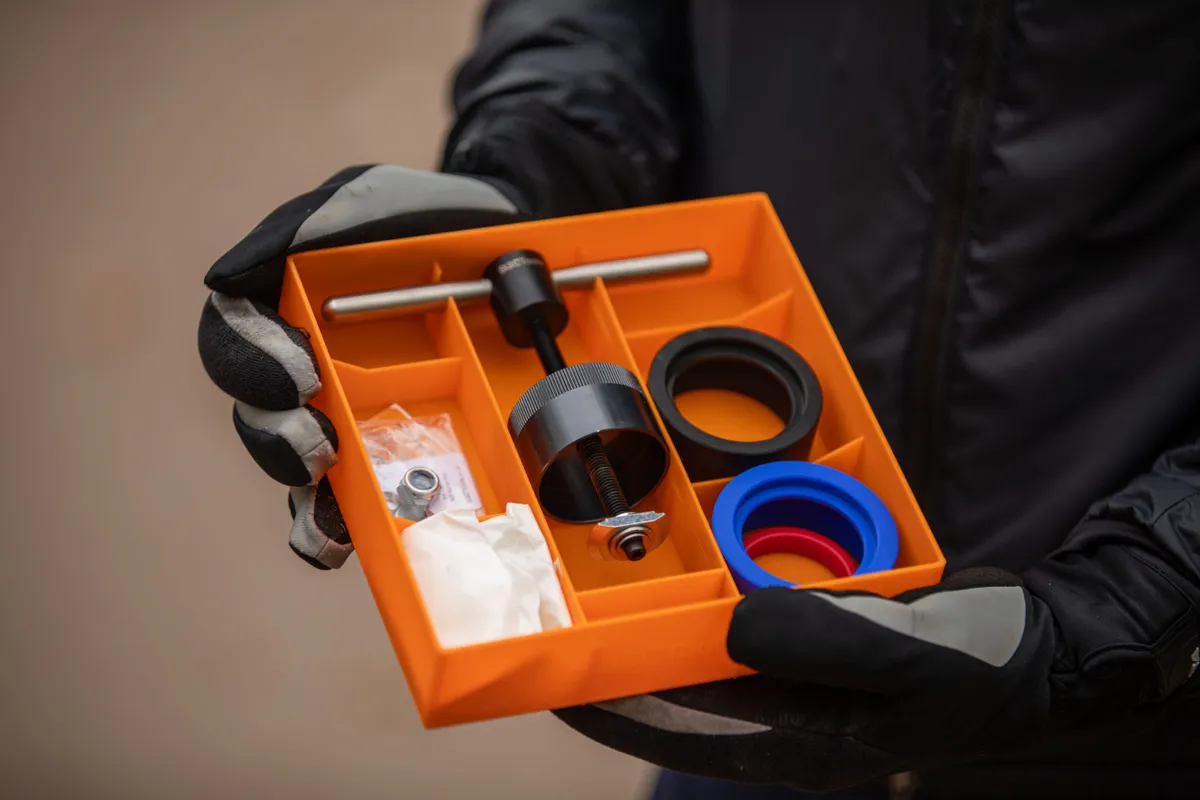
Of course, at £119.16, this specific tool set isn’t cheap. It’s worth remembering BSC Tools is a small company without the economies of scale of larger brands such as Park Tool, though.
The tool itself is beautifully made and comes with adaptors for practically any type of press-fit BB you can think of. To me, it feels like a shrewd investment that should last a lifetime.
If the price is a dealbreaker, cheaper versions are available elsewhere online. Alternatively, you may even be able to construct your own using parts from a DIY store, if you’re creative – there’s nothing overly complex here.
Vitus Nippy Superlight balance bike
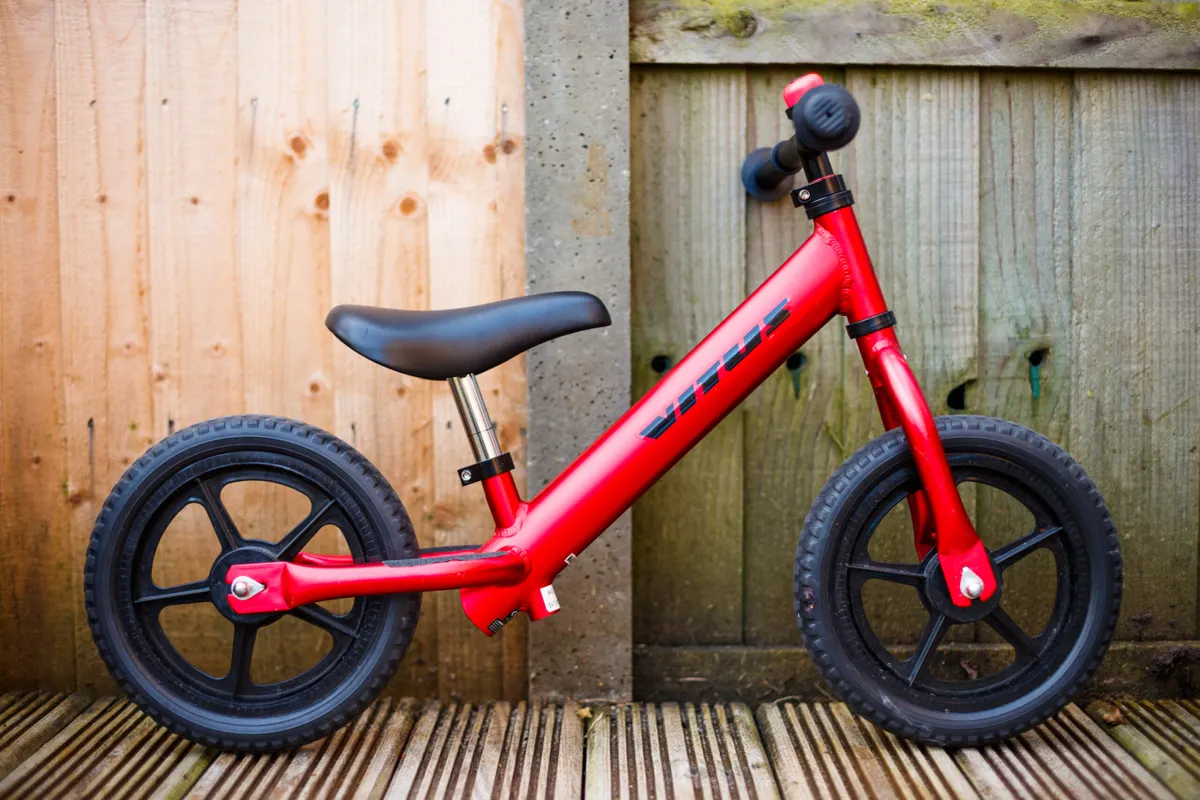
My final pick is the Vitus Nippy Superlight balance bike I bought for my son, Freddie, last Christmas.
The joy it has brought Freddie and I this year qualifies it for this list alone, but I’ve also been impressed by its particular qualities.
As promised, it’s very light. This is useful because bike weight is critical for little people with limited strength and dexterity.
While many balance bikes weigh around 3-5kg, the Vitus Nippy Superlight weighs just 1.94kg (with a bell from Decathlon).
That’s lighter than the (frankly ridiculous) Specialized Hotwalk Carbon, which costs £999 / $999 and is claimed to weigh 2.1kg.
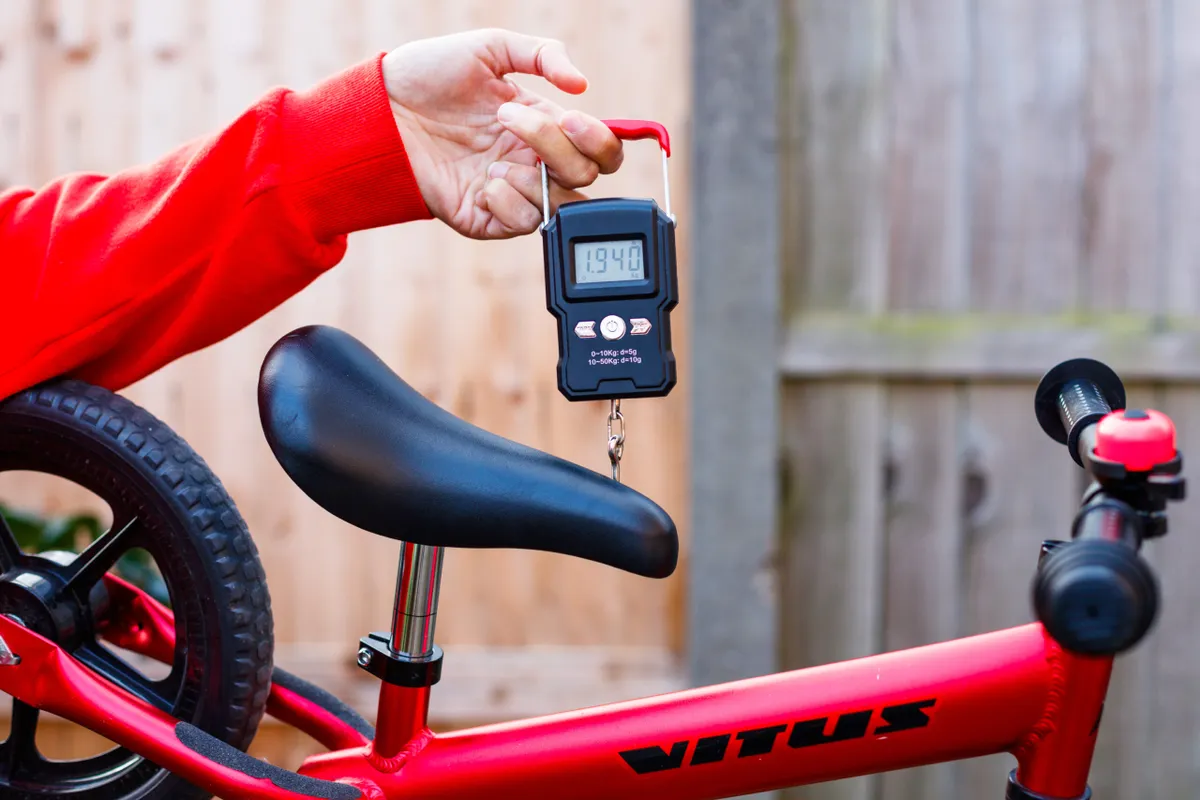
Of course, the Vitus frame is aluminium, not carbon fibre, and it has plastic instead of carbon wheels, etc. But it also costs just £44.99 and is available in a wider range of bright colours.
It has clearly been designed to appeal to kids, and not to adults with too much money and an obsession with industrial design.
It could undoubtedly be improved with pneumatic tyres, spoked wheels, bearings instead of bushings in the headset and so on.
But it would cost a lot more if it had those things, and, ultimately, it only needs to do a basic job before we pass it onto the next kid to enjoy.
Hopefully, the skills Freddie has learned pay dividends on a proper kids’ bike when the time comes.
